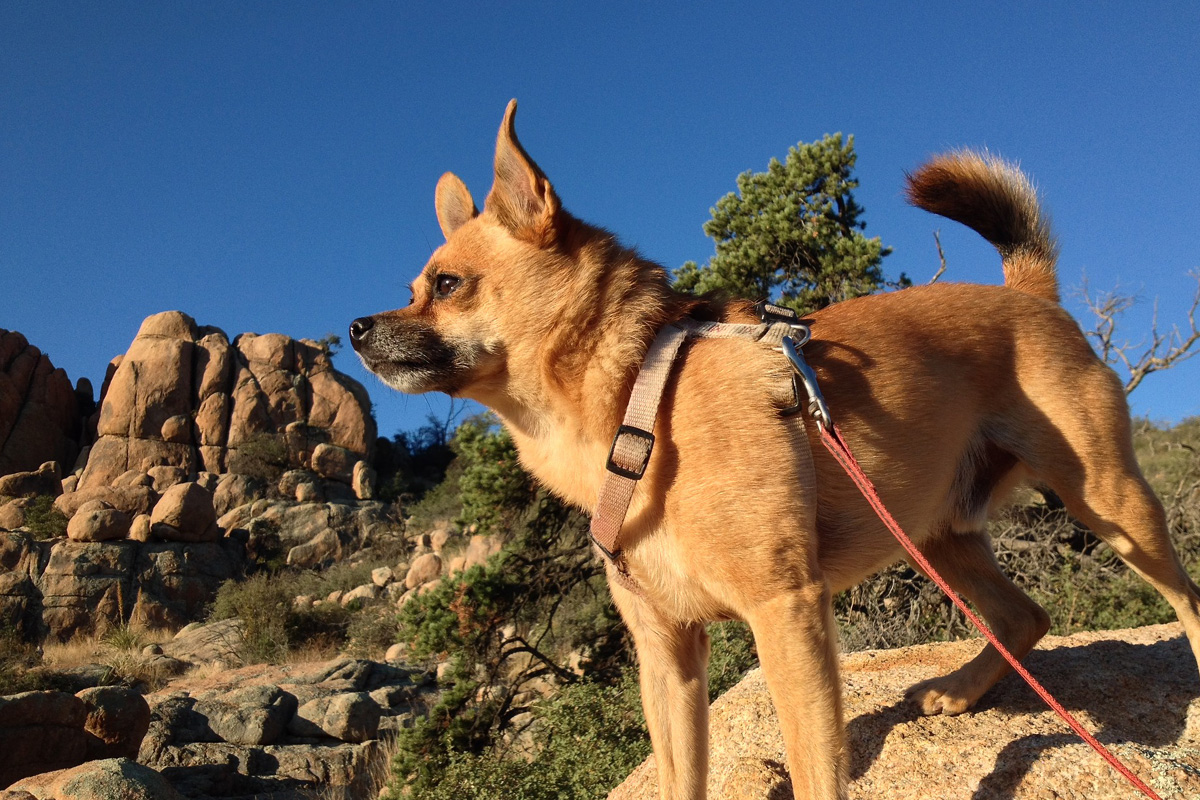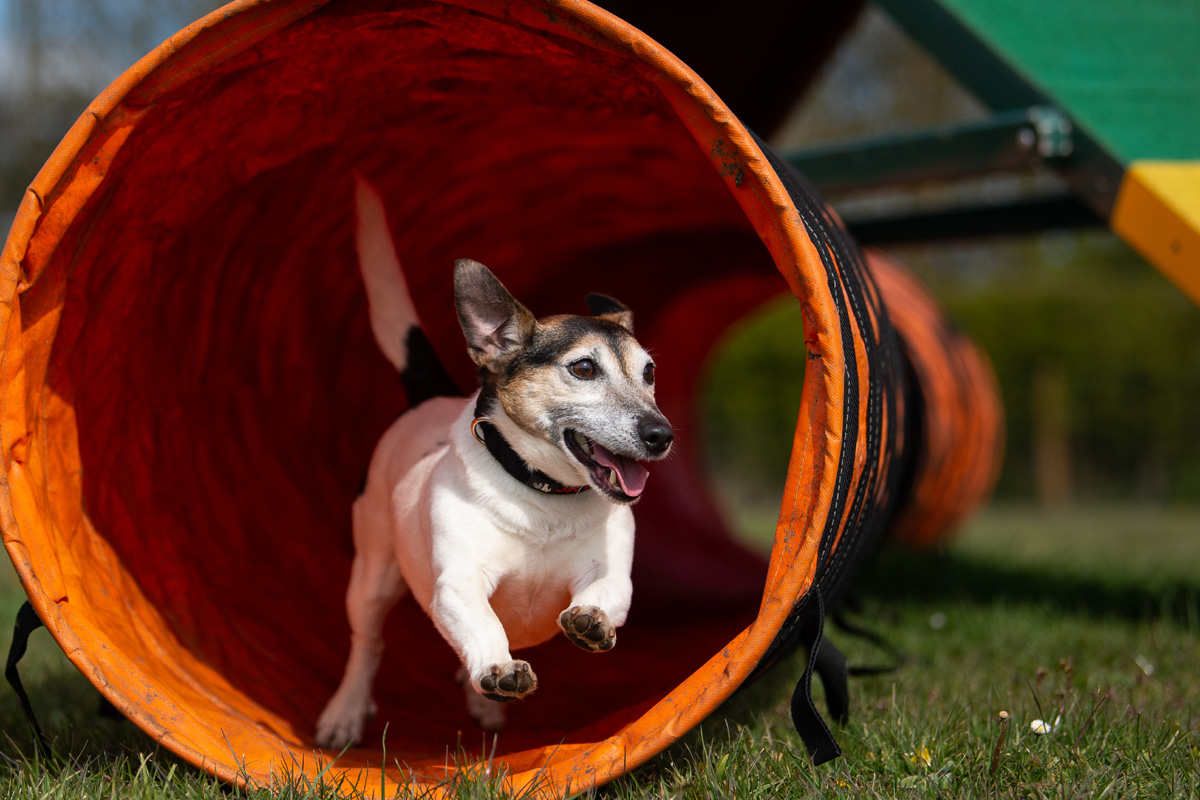With the arrival of summer, our thoughts automatically turn to the great outdoors. For pet owners, that means finding fun activities that your dog will also enjoy. From sports to recreation to a walk around the neighborhood, you’ve got plenty of fun things to do with your dog. Along with warmer weather, however, comes an increase in flea and tick activity, so before spending more time outside, discuss a parasite preventive plan with your veterinarian.
When choosing any new activity, consider your dog’s breed, health, and fitness level. Remember that overweight and short-nosed breeds have a higher risk of problems with warm-weather exercise. If in doubt about your dog’s abilities, seek input from your veterinarian.
Hiking
Dogs make the best hiking companions because they have a much better sense of smell and hearing than we do. If you watch your friend closely, you’ll be sure to spot wildlife like turtles or frogs that you might otherwise have missed.
Preparing for a hike with your dog
While your dog can drink water from fresh running streams along the trail, not all hiking locations will have a healthy water source. You don’t want to allow your dog to drink or swim in stagnant water or water with blue-green algae.
Always pack bottled water and a collapsible dish when hiking with your dog. It’s also a good idea to spray your dog with a fly repellent before hitting the trails.

Trail etiquette when hiking with dogs
- If dogs aren’t allowed off-leash, don’t let your dog run loose.
- Never release your dog unless you have total recall. That means that no matter the distraction, your dog will instantly come when called.
- Respect other hikers. Never allow your dog to run up to other people and dogs on the trail. If your dog is loose and you see other hikers and dogs approaching, leash your dog.
- When hiking alone with your dog or with a group of dog owners, move all dogs to the same side of the trail to allow oncoming hikers, mountain bikers, or equestrians to pass.
Spending time at the beach
Whether it’s racing across the sand after a ball or barking madly at waves crashing to the shore, spending time at the beach is so much fun for dogs. Not all shore towns are dog-friendly, but many are and you can find hundreds of destinations on BringFido.com. Every dog-friendly beach has its own set of rules. Some never allow dogs to run off-leash, while others designate certain hours and stretches of beach for off-leash fun. Be a responsible pet parent by understanding and obeying the laws before hitting the sand with your dog.
Keeping your dog safe at the beach
- Be sure your dog has access to fresh water and shade.
- If you’ve never had your dog swimming, start slowly by wading into the water with your dog on a long leash and see if he begins to paddle on his own. Supervise him at all times and remove him from the water when he gets tired.
- If you don’t have access to fresh water at the beach, be sure to give your dog a bath when you get home to rinse the sand and saltwater out of his coat.
Agility is a fun workout for owners and dogs
If you follow dog sports on TV, then you know how exciting it is to watch dogs zigzagging through weave poles, disappearing into tunnels, and sailing over jumps. According to the American Kennel Club (AKC), agility is one of the fastest-growing dog sports in the country. Tackling agility obstacles helps build a dog’s confidence while also strengthening the bond between owner and dog. Classes are available for beginners through competitive levels, or you might just choose to do it for fun.

Tips for getting started
- Enrolling in an agility class is the best way to teach your dog how to safely tackle obstacles.
- You can practice what you learn in class by setting up obstacles in your backyard. Training experts at the AKC recommend starting with tunnels and weave poles before moving on to vertical jumps. Obstacles can be purchased online or you can make your own using PVC pipes. If making your own, be sure to follow Regulations for Agility, especially if you plan on competing at a future date.
- Plan on spending at least 20 minutes a day practicing. You can use treats or favorite toys to encourage your dog to tackle each obstacle.
When temperatures soar, bring the fun indoors
According to veterinary experts at the Texas Veterinary Medical Association, pet owners should avoid exercising their dogs outdoors during peak temperature hours or on especially hot or humid days. Dogs lack the efficient cooling system that humans have. As a general rule, dogs are at risk for heatstroke once the outside temperature hits at least 80 degrees and a humidity of at least 90 degrees. So, to keep your dog happy and safe when temperatures soar, skip the outdoor activity and find something fun to do indoors in the air conditioning.



